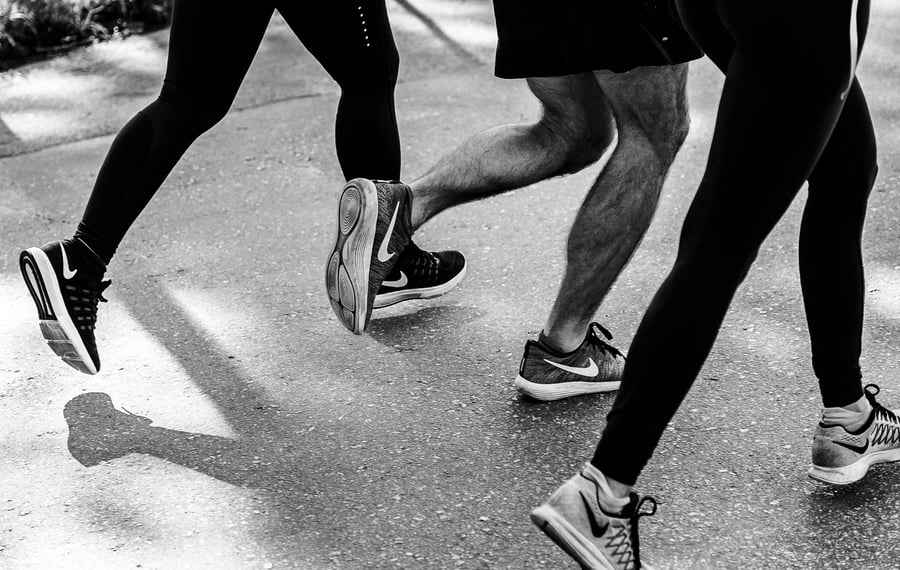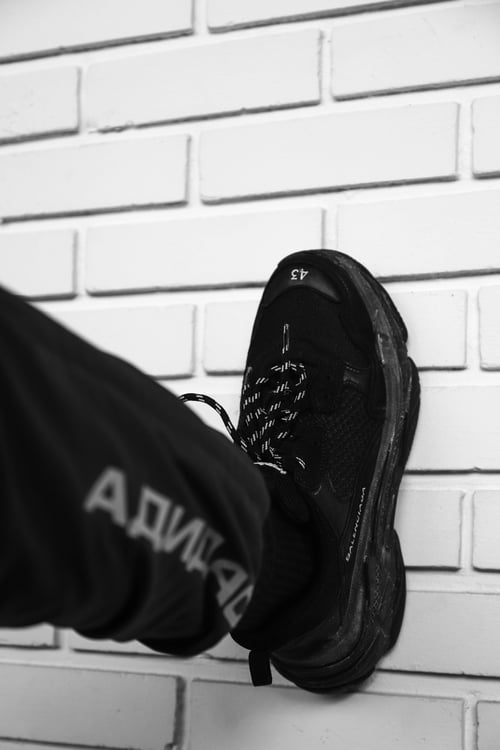Stop Pronating: How to Improve Your Foot Health and Performance

Most people don't give much thought to their feet until an injury or pain occurs. However, a lot is riding on your feet as they are the vehicle for your entire body's movement.Knowing how to protect your feet now can help prevent large issues in the future.
Overpronation Explained
When the way you walk or run eventually causes your foot's arch to flatten more than normal, overpronation occurs. The result is an increased strain on the tendons, muscles, and ligaments that support those arches.
Living with untreated overpronation leaves you open to risks to your leg and foot that you wouldn't normally incur. With corrective measures, however, you can mitigate such risks and protect your foot health.
Are You at Risk for Overpronation?
While anyone can develop overpronation depending on the way they walk or run — their gait — some people are more likely to have the condition. These include:
- Those people who already have slightly flattened feet
- If you're pregnant
- Walking and/or running on hard surfaces for extended periods
- If you're obese
Overpronation and Flat Feet
Some people might confuse flat feet and overpronation. There are distinct differences between the two though.
If you are flat-footed, you have a medical condition defined as having feet with little to no arch. This condition can either develop over time or it can be hereditary.
In some cases, a person might never develop foot arches. Some people find that their arches suddenly collapse or fall due to an injury involving the leg tendon that supports them. This is often referred to as fallen arches. You might hear a doctor call the condition an adult-acquired flat foot.
Overpronation, on the other hand, refers to the way you walk — also known as your gait. By walking or running a certain way, you can develop overpronation.
How Does Overpronation Develop?
Most people who develop overpronation do so over time. You might start with feet that are only slightly flattened. If you already have flat feet, you're more likely to have overpronation as well.
Signs of Overpronation
While you might not often think about your feet, they'll usually give you some clues if you are developing overpronation. These can include:
- Uneven Shoe Wear: If you find that the inside of your shoes' soles are wearing more than the outside, you could have overpronation
- Heel Pain: Pain in the heel bone, behind it, or underneath it could signal this condition
- Iliotibial Band Syndrome: This ligament sits outside your knee. If it becomes inflamed, it could result in overpronation.
- Bunions: these bony and painful lumps often show up on the outside of the big toe
It's important to not try and diagnose any foot issues you might have. If you have any pain or concerns with your feet, reach out to Sweeney Foot & Ankle Specialists. Our caring and professional staff is here to assist you in protecting the health of your feet.





.webp?width=500&name=thumbnail_large-1(2).webp)
